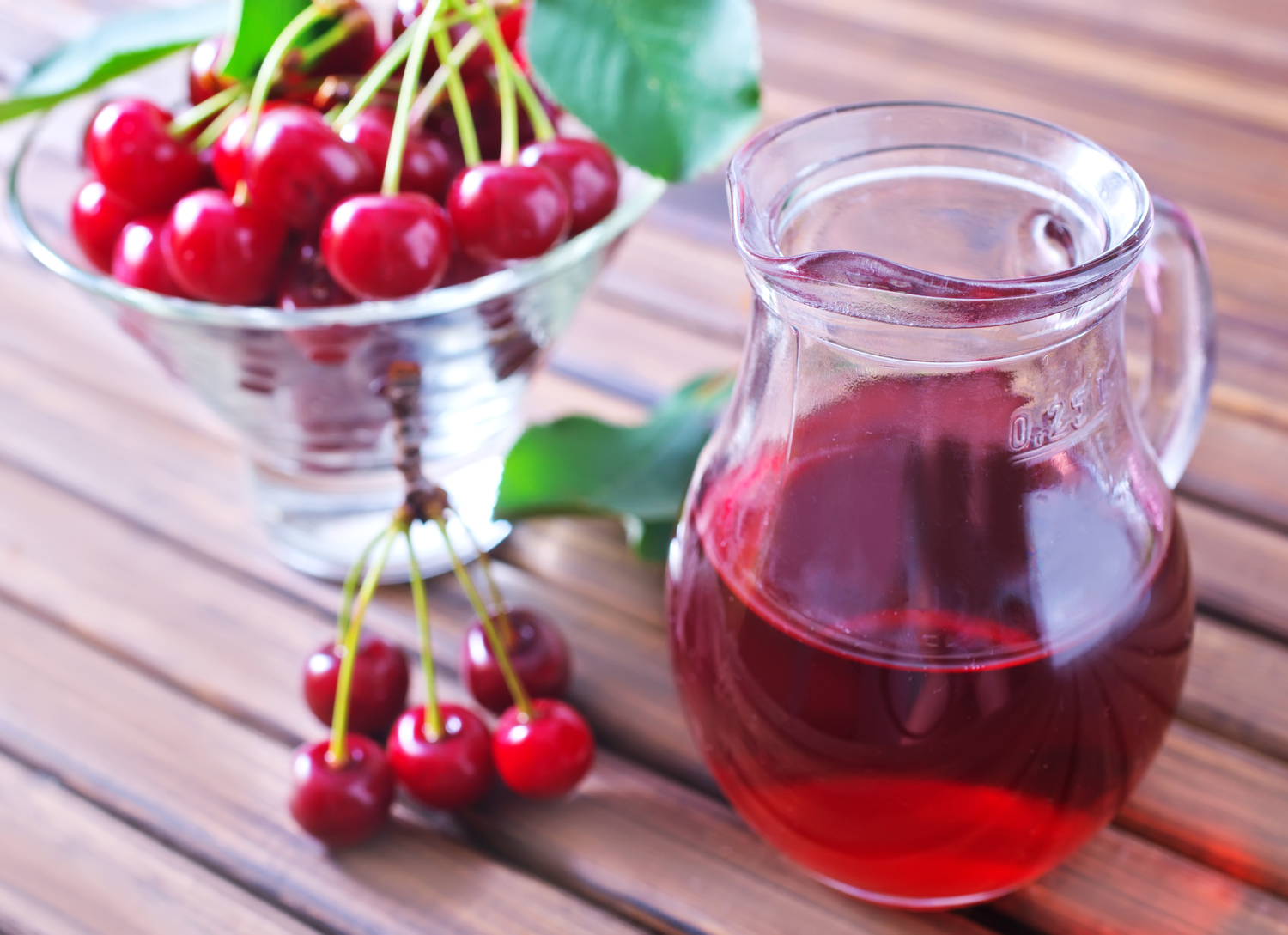
Superfoods for Gout Patients
Gout is a painful, severe form of arthritis that is characterized by the symptoms of swelling, tender joints, and redness. It often occurs in the big toe and mostly flares up during the night, disturbing one’s sleep cycle. This joint disorder arises when the body doesn’t flush out the excess uric acid formed by the breakdown of purine that’s found in many foods. The excess acid leads to the formation of urate crystals, which over time, lead to chronic pain. Aside from medication, dietary changes that ensure you include superfoods for gout in your meals play a huge role in helping manage the condition.
Superfoods for Gout Patients
- Non-dairy, low-fat products like skim milk and yogurt
- Lean meat (only 4 to 6 ounces per day)
- Fruits, especially cherries, as they lower the uric acid levels and reduce inflammation
- Vegetables such as asparagus and spinach that are high in purine buy don’t pose any risk of a gout attack
- Complex carbs like rice, bread, pasta and potatoes
- Plant-based oils like avocado and olive oil
- Legumes and grains
- Eggs (in moderation)
- Coffee, tea, and green tea
- Vitamin C via diet or supplements
- Water
While this list comprises almost everything you can eat, you also need to know which foods exactly are high in purines and can consequently worsen the symptoms of gout. The foods to avoid to prevent a flare-up are:
- Foods high in fructose content, such as soda, corn syrup, canned juices, ice cream, cereal, and candy
- Processed and fast foods
- Alcohol, including beer
- Red meat, pork, lamb (if consumed, should be in moderation)
- Organ meat should be avoided completely, whereas seafood like shrimp, lobster, mussels, anchovies, tuna and sardines can be consumed in moderation
Now that we’ve gone through the elaborate list of foods to include and avoid for patients with gout, let’s find out why foods that you eat make such a significant difference.
Purine is a compound that’s naturally found in many foods and is responsible for building the waste product of uric acid in the body. While healthy people flush uric acid from their body through urination and bowel movements, gout patients retain excess uric acid that gets deposited in their joints. Foods high in purine promote further uric acid production, triggering gout attacks. Alongside dietary changes, another factor to contain the symptoms is to maintain a healthy weight. Obesity is a major risk factor for developing gout that significantly contributes to retaining uric acid, and adds more pressure on stressed joints.
Here’s a gout diet chart full of superfoods to get you started
Breakfast
- Cereal (unsweetened) with low-fat milk
- 1 cup fruits, preferably vitamin C infused
- Coffee
Lunch
- Whole grain sandwich with eggs
- Green salad with 1 tbsp nuts and avocado or olive oil dressing
- Sugar-free yogurt
Snack
- 1 cup cherries
Dinner
- Roasted vegetables with brown rice
- Or whole-grain pasta (1 cup) with avocado or olive oil dressing
- Caffeine-free beverage, e.g., Chamomile tea



